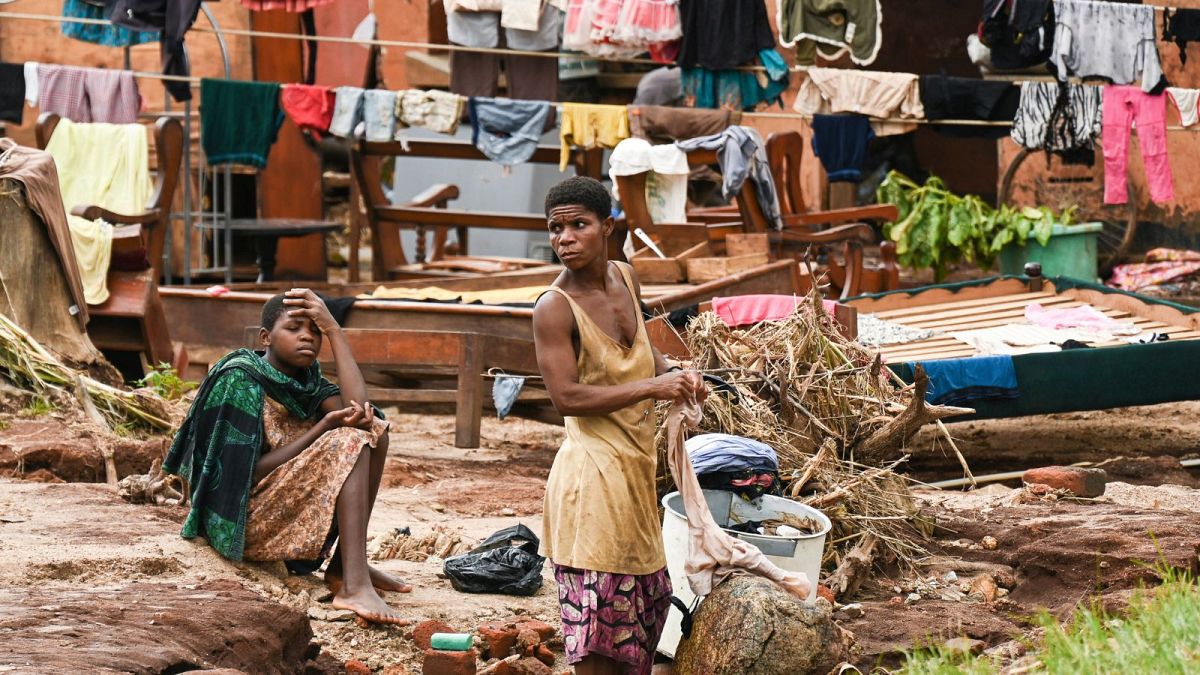A recently developed index has pinpointed nations facing significant threats from climate change, revealing that over two billion people reside in ‘red zone’ countries where the potential for major disasters is high and financial resources are scarce. Of the 65 nations evaluated, roughly two-thirds are located in Africa, with Cyprus and Ukraine also included in this critical list.
The Climate Finance (CliF) Vulnerability Index, created by Columbia Climate School in partnership with The Rockefeller Foundation, aims to deliver comprehensive assessments of climate risk, facilitating targeted aid to those who require it the most.
Jeff Schlegelmilch, an Associate Professor of Professional Practice of Climate at Columbia and Director of the National Centre for Disaster Preparedness, highlights a concerning trend: “Climate shocks are becoming more frequent and intense, yet many of the nations facing the highest threats are also heavily indebted, limiting their access to financial markets.”
The occurrence of heatwaves, floods, cyclones, droughts, and other extreme weather events is increasing as global temperatures rise. Although precise forecasts are challenging, the World Economic Forum warns that such disasters could lead to over 14.5 million fatalities and $12.5 trillion (approximately €10.7 trillion) in economic losses by 2050.
In parallel, the United Nations Environment Programme (UNEP) projects that the shortfall in annual adaptation financing—money required for countries to effectively respond to climate change—may reach $387 billion (€331 billion) each year. High borrowing costs and limited access to funds perpetuate a cycle of disaster response that hampers long-term climate resilience and adaptation efforts.
Schlegelmilch adds, “Traditional aid models based on GDP per capita or income level don’t capture the unique and growing risks of climate exposure along with limited access to capital to manage these risks. The CliF Vulnerability Index provides a more realistic picture of risk, including the access to financing to address climate vulnerabilities.”
Eric Pelofsky, Vice President for Global Economic Recovery at The Rockefeller Foundation, emphasizes the significance of the index ahead of the upcoming Fourth International Conference on Financing for Development in Seville next week. He states, “By using the CliF Vulnerability Index, donors and funders can prioritise support for countries that are potentially living one disaster away from crisis.”
Examining the reasons behind Cyprus and Ukraine’s classification as ‘red zone’ nations reveals crucial insights. While the majority of the 65 nations in the red zone are situated within sub-Saharan Africa, Cyprus and Ukraine have been affected by specific non-climate-related hazards. Cyprus is at risk for earthquakes, and ongoing conflict in Ukraine contributes to its vulnerability.
These risks impact countries’ disaster management capabilities and strain financial resources, according to representatives from Columbia Climate School and The Rockefeller Foundation. In contrast, European nations generally fare better in countering climate shocks. Eight of the ten countries best equipped to handle these challenges are members of the OECD, with five from Europe: Denmark, Estonia, Norway, Switzerland, and Sweden, along with South Korea, Japan, and the United States.

